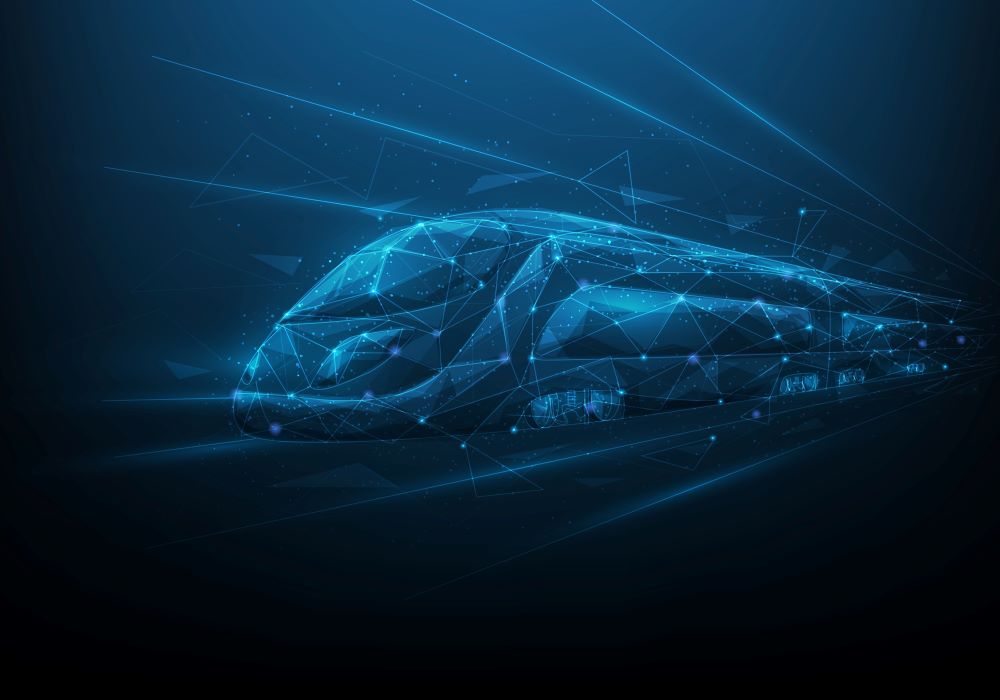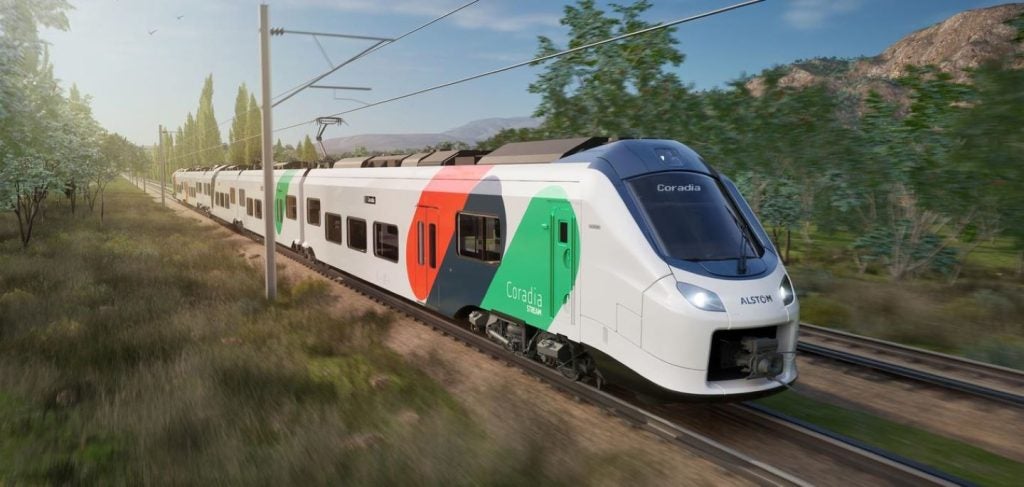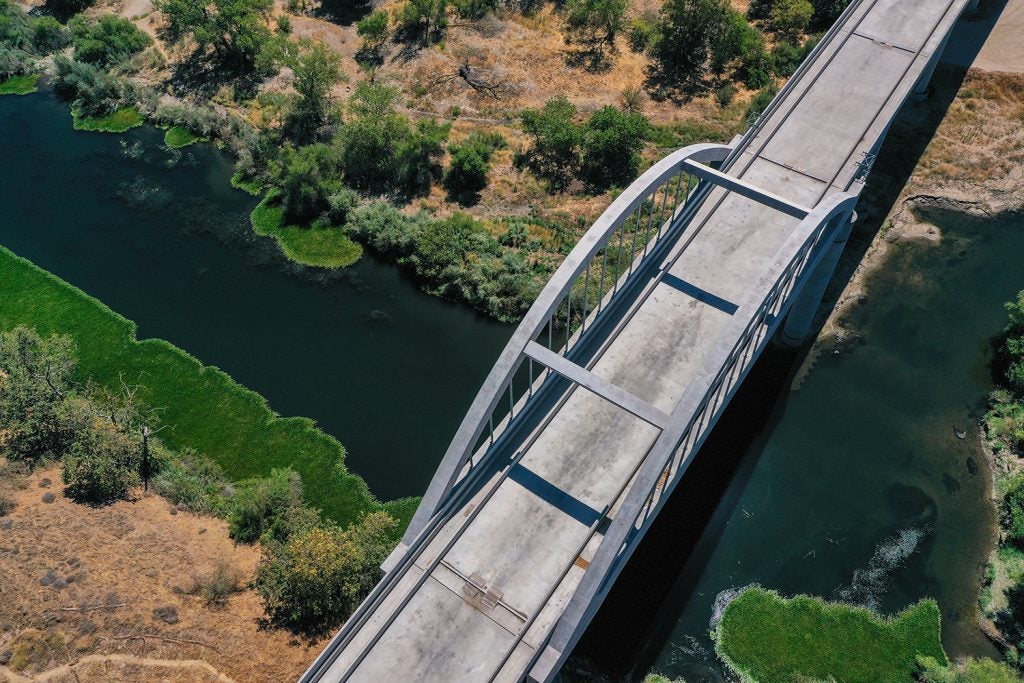
History conspired to make railways and modern terrorism effective contemporaries, both born out of the 19th century crucible of burgeoning technological innovation. The rise of mass rail transportation coincided with the development of the first dynamite, and later gelignite; powerful, stable explosives that were to transform the arsenal of the then anarchists and revolutionaries, and leave the bomb as a weapon of choice to this day.
The first recorded terrorist incident on the UK’s railways, a plot to blow up Grand Duke Constantine of Russia, occurred on 13 September 1880. Many others have taken place across the world since – and in many cases to much deadlier effect.
The attacks on Moscow’s Metro system in March 2010 by two Chechen suicide bombers stand as a brutal reminder, should one be needed, of the stark truth of the 9/11 Commission Report’s conclusion – that "opportunities to do harm are as great, or greater, in maritime or surface transportation" as ever they are in aviation. As Cathleen Berrick, the Director of US Homeland Security and Justice Issues, testified to the subsequent Senate Committee in 2007, rail networks are "inherently vulnerable to terrorist attacks and therefore difficult to secure".
Managing the rail risk
Most of the reasons for this are obvious. Rail travel revolves around routine, scheduled stops along fixed routes and its normal operation relies on passengers having ready access to both stations and trains. Modern railways are essentially open systems – a triumph of convenience and a requirement to transport large numbers of people on a daily basis – predicating the need for multiple access points and simplified boarding procedures to accommodate the number of people who use them. This is the essence of the contemporary design model for public transport, but it is also the practical antithesis of aviation-style security: universal searches and blanket identity verification are clearly impractical.
See Also:
Nevertheless, says Adrian Dwyer, British Transport Police’s counter terrorism risk advisor, there are elements of this sort of regime which can be of limited use in the rail environment, for instance targeted person or luggage searches at particular locations.
How well do you really know your competitors?
Access the most comprehensive Company Profiles on the market, powered by GlobalData. Save hours of research. Gain competitive edge.

Thank you!
Your download email will arrive shortly
Not ready to buy yet? Download a free sample
We are confident about the unique quality of our Company Profiles. However, we want you to make the most beneficial decision for your business, so we offer a free sample that you can download by submitting the below form
By GlobalDataDwyer, however, makes it very clear that "ensuring anything like 100% protection against terrorist attack is not a viable option". With the opportunities for prevention inevitably limited, the global focus has fallen on risk management, consequence mitigation and deterrence, and in particular on issues such as vulnerability assessment, emergency response planning and training.
Technology comes into play
A predilection for "soft" options lies in the nature of terrorism, and for railways, as for any other potential target, the key to beating the terrorist is good intelligence.
"This can operate in the planning stages, when information from community and other sources can be put together to focus police or security service attention on particular individuals," says Dwyer. "But it is just as important in the latter stages, when terrorists are equipping themselves and undertaking hostile reconnaissance. Any intervention that disrupts those preparations can often result in a complete operational breakdown."
When it comes to appropriate technologies, Dwyer agrees with London Underground’s Mike Brown, who in the wake of the Madrid bombings said staff vigilance is one of the best practices to pursue. But, Dwyer explains, it is important to stay up to date.
"Investment in people and training, good intelligence and developing community trust are our best weapons against the established and emerging terrorist threats," he says. "We must, however, keep abreast of the technology and use it where it adds real value to our efforts."
One area that has big potential in this respect is the rapidly developing field of intelligent video analysis (IVA).
Intelligent surveillance in rail
The concept of intelligent vision is scarcely a new one; it originated in the 1980s as an attempt by systems designers to overcome "bored-guard syndrome", and continued to develop throughout the following decade as the fledgling science of artificial intelligence advanced. It remained clear, however, that the technology was too limited to provide any palpable assistance to security staff faced with fast evolving events unfolding in real time, in the uncontrolled environments of an operational rail network. Too many incidents of false alarms, wrong leads and innocent behaviour labelled as "suspicious" means the system will itself be seen as untrustworthy and something to be disregarded altogether.
But it is still an area that many rail operators regard as the logical extension of an already cost-effective surveillance and deterrence measure, and trials have been carried out on the London Underground, the New York Subway and the Mass Rapid Transit in Singapore. Wider deployment may only be a matter of time, particularly with the rise of near-full IVA systems such as the latest generation technology available from Bosch. Its bandwidth-slashing embedded intelligence functions within IP network encoders, coupled with state-of-the-art software, capable of adaptive learning, allowing suspicious individuals, abandoned objects and unauthorised vehicles to be detected with unprecedented accuracy.
The ability to identify "persons of interest" by facial of behavioural recognition is another aspect of the IVA spectrum that has been met with understandable interest amongst rail operators, but the technology remains in its infancy – it will have to be able to work swiftly if it is to be useful. As Alain Caire, director of security for RATP (the regional transport authority in Paris), has said, comparing one face to another may take little more than a second; comparing it with 20 potential terrorists makes for an unworkable delay.
Other approaches to rail security
Other approaches also have an invaluable role to play. High-visibility police patrols, searches and the use of behavioural assessment techniques make the environment a very hostile one for potential terrorists to operate in, leading to effective deterrence and even occasional interdiction. So too can vigilance, which obviously does not offer total security, but can give an early warning from people who know the environment intimately when something feels not quite right.
Reassurance is another big part of the overall approach and, ironically for the UK at least, some of that comes on four legs. It appears our apparent love affair with CCTV – the UK is home to 20% of the world’s cameras, but only 1% of its population – is only eclipsed by our fondness for dogs, something it seems no technology is likely to displace.
"Explosives dogs remain a highly efficient and cost-effective option," Dwyer says. "An operationally effective technological replacement for them is still some way off. Indeed, the very positive reaction from the travelling public, and railway staff, in terms of visual reassurance is a by-product unlikely to be replicated by hi-tech alternatives. However, in terms of chemical, biological and radiological detection, identification and monitoring, we do have equipment that is sensitive, field-tested and serves us well day in, day out."
In the end it is what one security consultant recently described as "the proverbial game of cat-and-mouse". Terrorist tactics evolve, rail operators adapt, and then terrorists re-evolve – so the authorities are always trying to get one step ahead, and at the same time make it harder for terrorists to operate.
With rail operators constantly looking to refine their approach and to get more from their resources, technological innovation undoubtedly has a part to play, but ultimately, rail security boils down to a question of risk management.
"It must be recognised," says Dwyer, "that isolated attacks such as the two Moscow suicide bombers are very difficult to stop."







